A Guide to Safeguarding in Dentistry
As some of you may have read in my previous post about a LCF law event I attended late last year, I won a CPD afternoon run by TempDent. Last week a representative from the company came to our practice and taught us about safeguarding. Here a summary of the afternoon.
There are 3 levels of safeguarding in dentistry:
Level 1 - a basic understanding of safeguarding principles in practice
Level 2 - a more detailed understanding of safeguarding procedures who can observe and alert others to possible issues
Level 3 - a practitioner who holds the decision of what to do when issues arise. Involved in assessing, planning, intervening and evaluating the needs of people deemed at risk. Must be able to share information safely.
According to the Department of Health, 'Health services have a duty to safeguard all patients but provide additional measures for patients who are less able to protect themselves from harm or abuse.'
Who may be 'at risk'?
- Children i.e. anyone < 18 years
- Vulnerable Adults i.e. a person > 18 years and is or may be in need of community care services by reason of diability, age or illnes; and is or may be unable to take care of themselves or unable to protect themselves against significant harm of exploitation.
Examples of vulnerable adults:
- Autistic patients
- Patients with down syndrome
- Dyslexic patients
- The elderly
- Patients who cannot communicate effectively e.g. language barriers, blind/deaf
- Dementia patients
- Patients with significant social histories e.g. lower social classes, alcholics, drug addicts, homeless people
- Patients with mental health issues
There are 2 principles in safeguarding: Prevention and Reactionary.
Staff Checks
There are several procedures and policies you must abide by when employing and training staff to comply with safeguarding guidelines.
- Disclosure and Barring Service (DBS), formerly Criminal Records Bureau (CRB).
- Immunisations
- References
- Whistleblowing policy
- Raising concerns policy
- Appraisals
- Health and safety policy
- Complaints policy
- Child protection policy
- Safeguarding protocol and flow chart
CQC requirements state there must be a person who is level 3 trained to be registered as a lead and all other professionals need be registered with a professional body.
Types of Abuse
1. Sexual
2. Emotional
These 2 are sometimes difficult to spot. Look for changes in behaviour, self harm, unusual relationships and the general interaction with the patient.
3. Physical
Look for bruises (characteristic slap marks or bite marks), fractures and burns (such as iron, hair straighteners, cigarette)
4. Neglect
Can be in terms of parents, but also health care professionals i.e. supervised neglect.
What to do? The 5 R's
Recognise - what type of abuse it is?
Respond - to the abuse appropriately
Report - to relevant personnel confidentially
Record - in the appropriate area
Refer - to police or relevant organisations that deal with this abuse
Who should you go to if you have concerns?
For advice:
- Consultant paediatrician
- Child protection nurses
- Social services (informal discussions)
- Child's health visitor, school nurse or GMP
- Discuss with your defence organisation (as you should try to gain consent to refer to other services but this may not be appropriate e.g. if you think there may be serious risk of harm to a child)
- Refer for a medical examination
- Social services (phone and written communication)
- Police
- Nominated safeguarding personnel in the area e.g. hospital safeguarding officer
- NSPCC
And to remember to record everything factually and in detail in the safeguarding policy folder or even in the dental notes of the patient.
In summary it is important to be vigilant when dealing with vulnerable patient groups especially since now there is a lot of awareness of safeguarding with cases such as Baby P and Jimmy Saville fresh in our minds.
Thanks to TempDent for this really informative afternoon, I would definitely recommend their CPD services which can be held the comfort of your practice!
Please let me know your thoughts on safeguarding in the comments section below!
Why not take a look at my other Clinical Guide posts?
Sources:

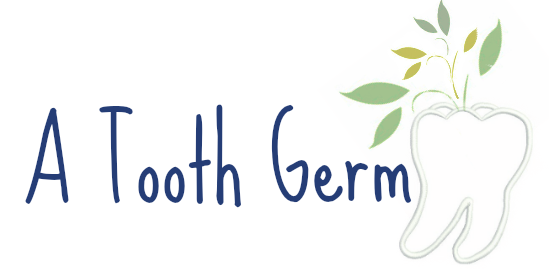
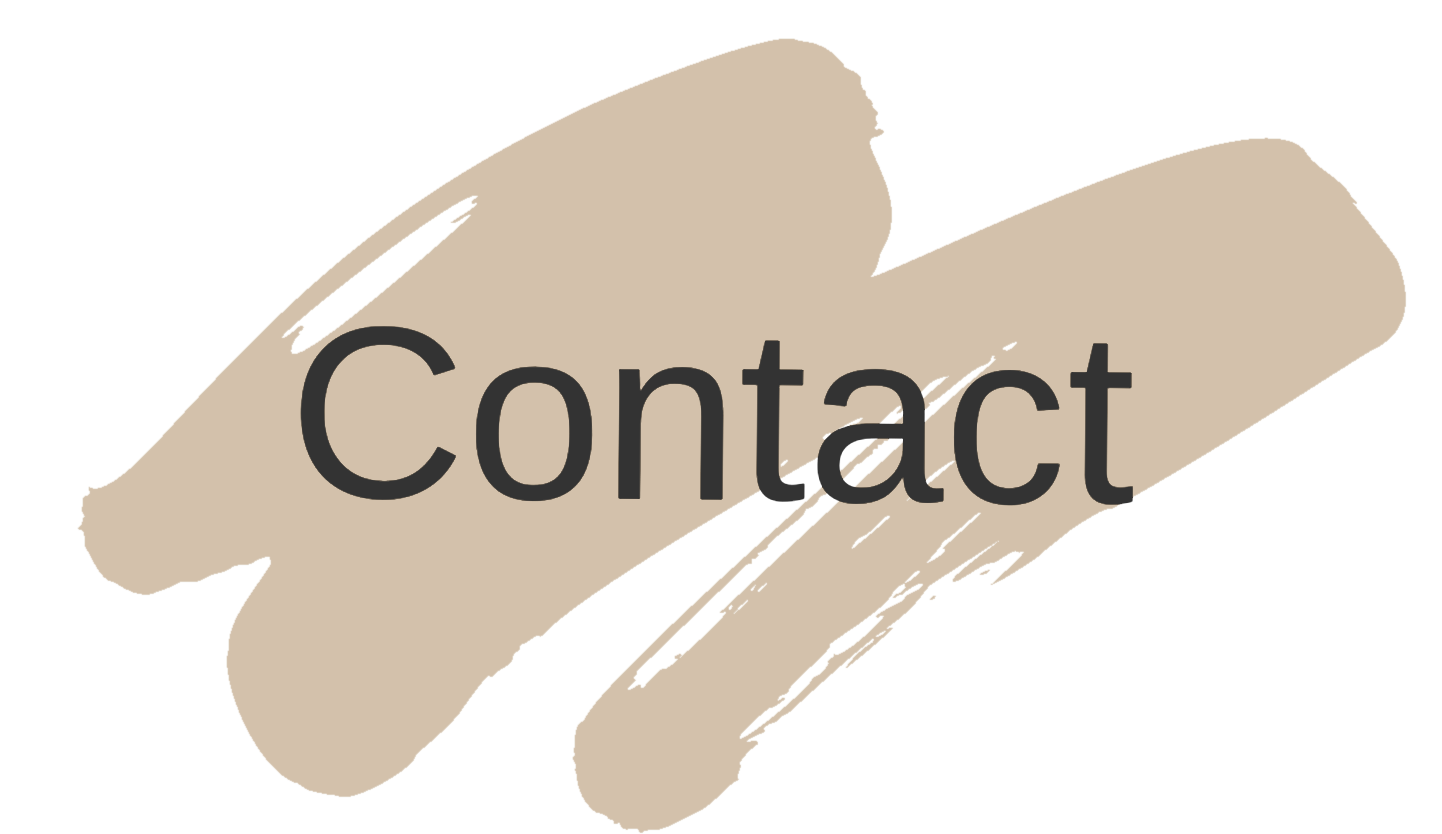


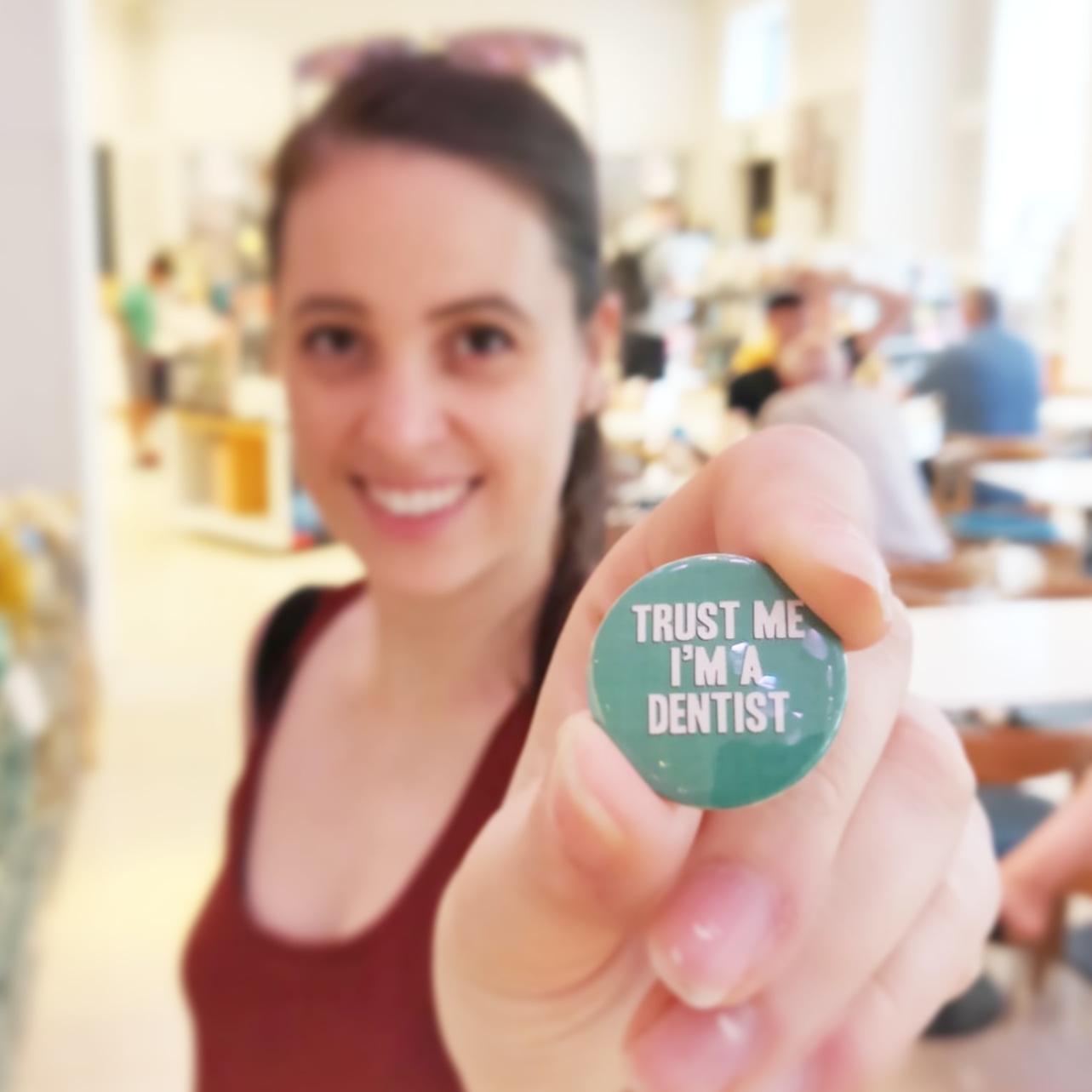







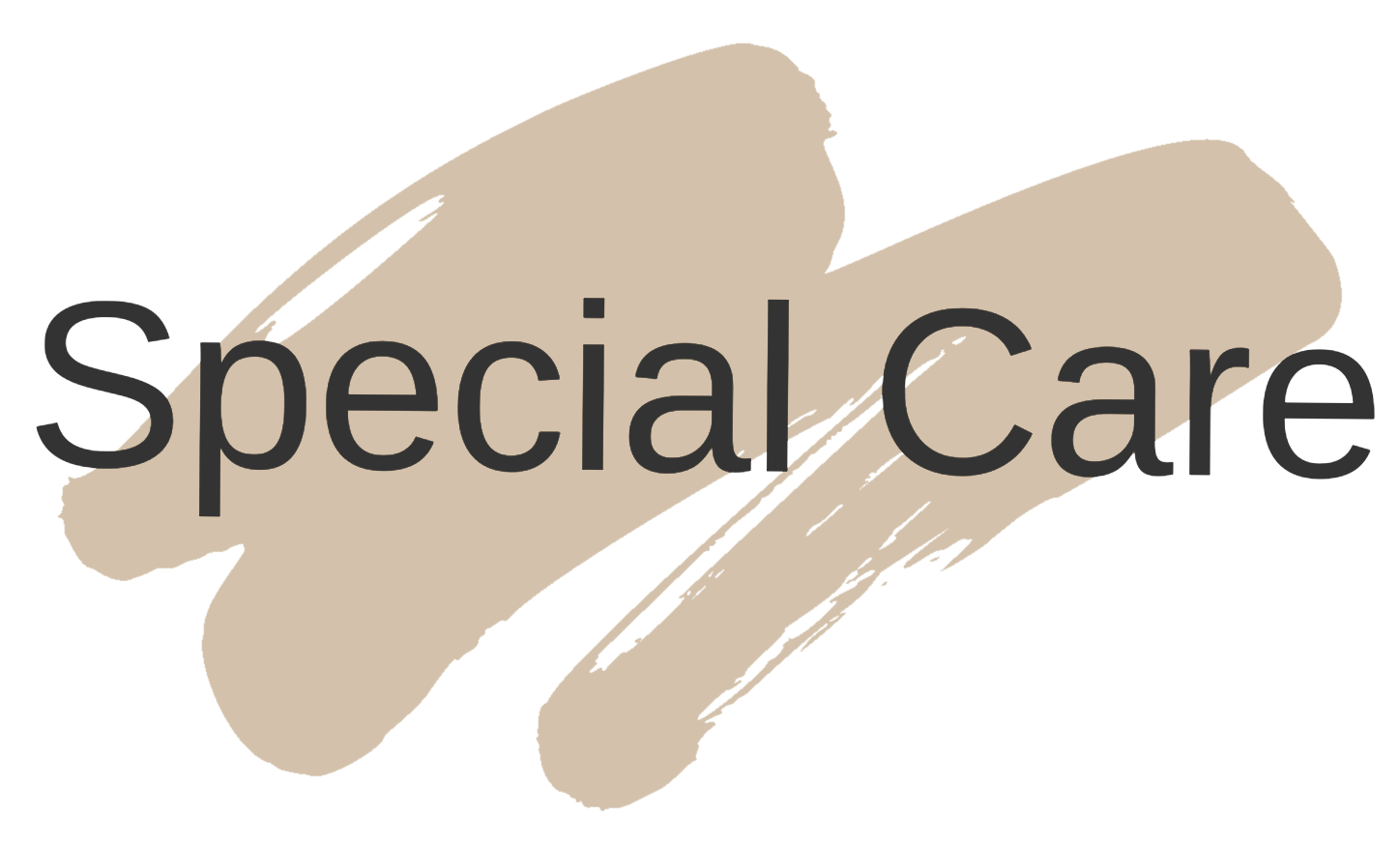
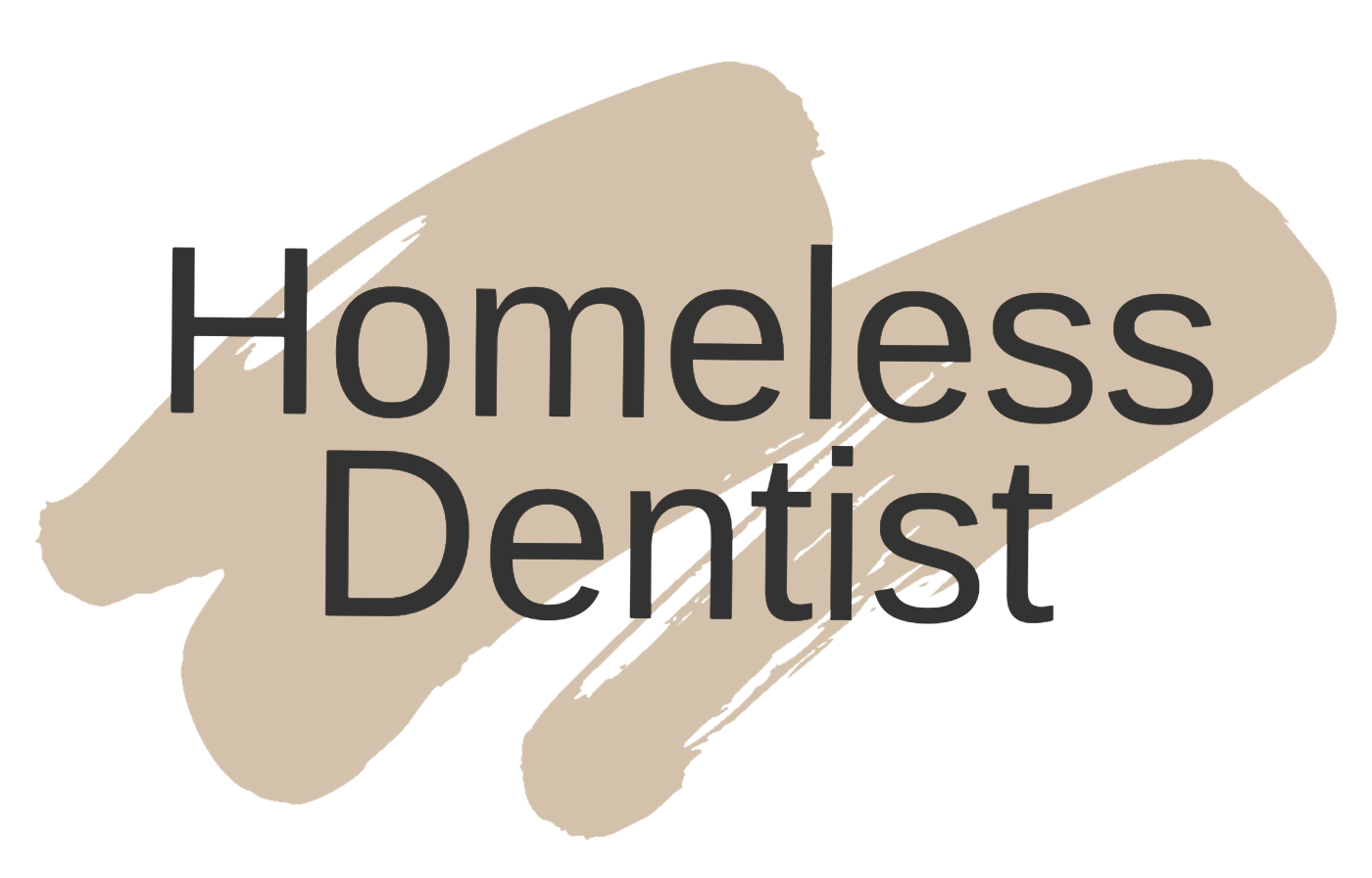


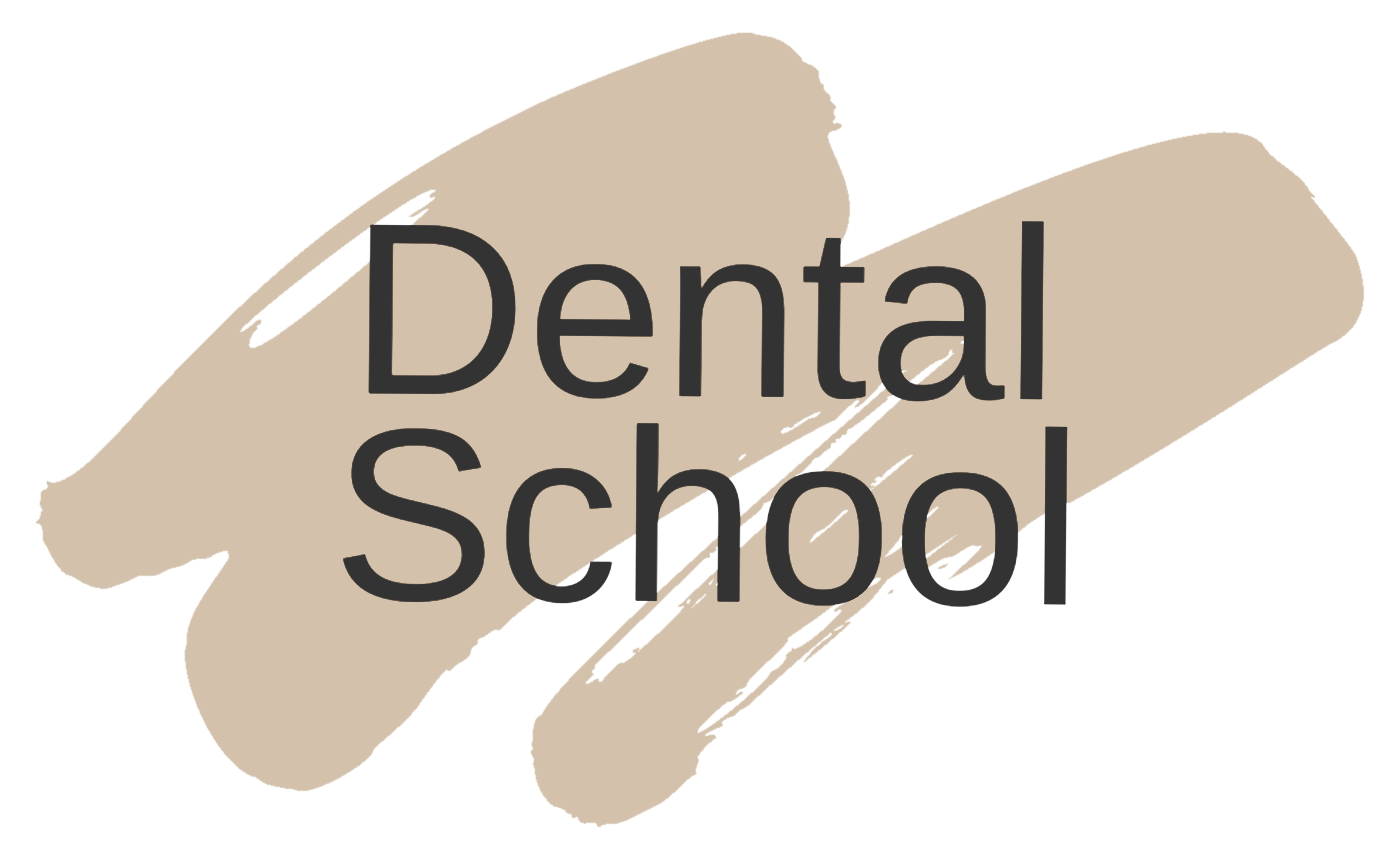
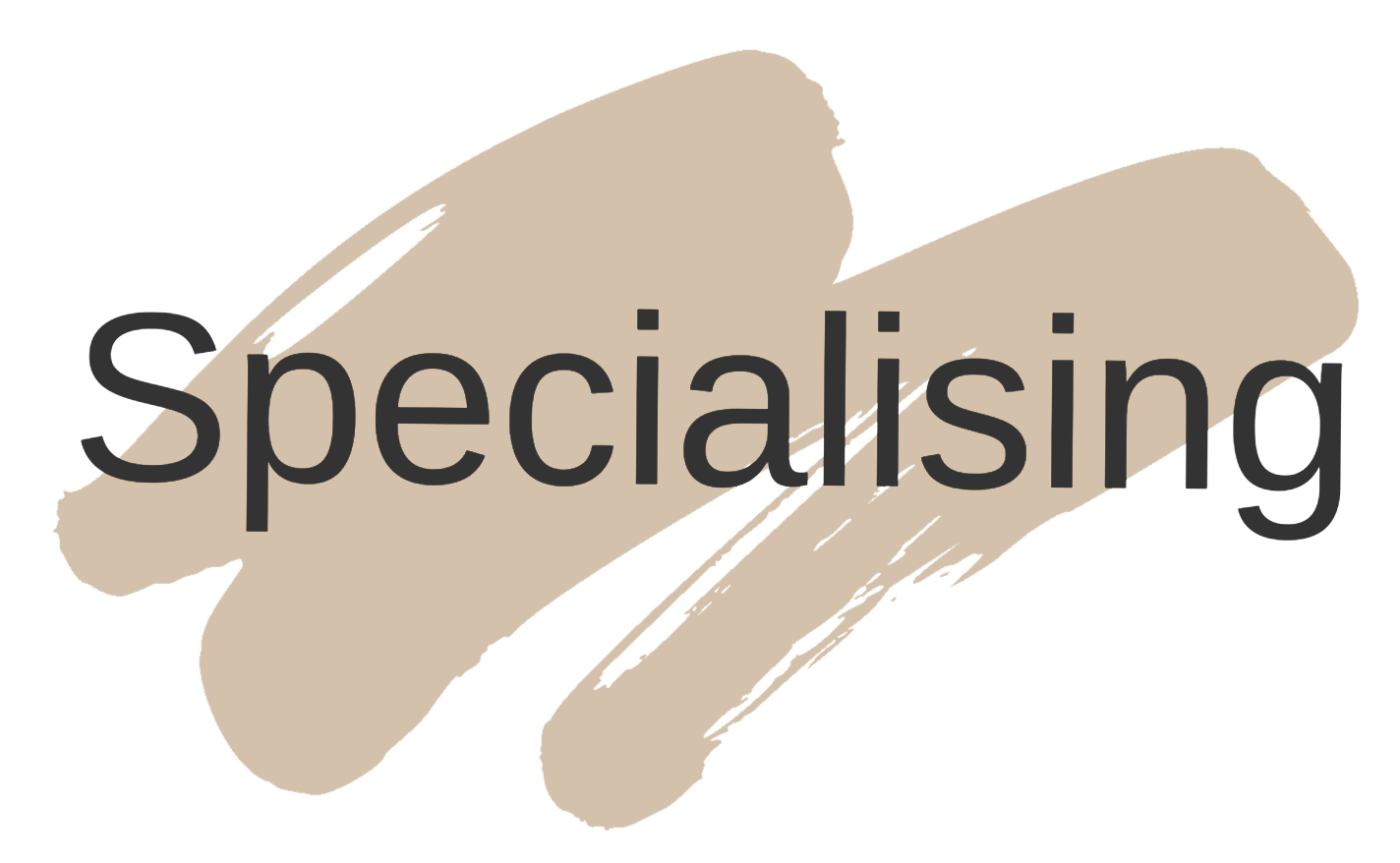
0 comments